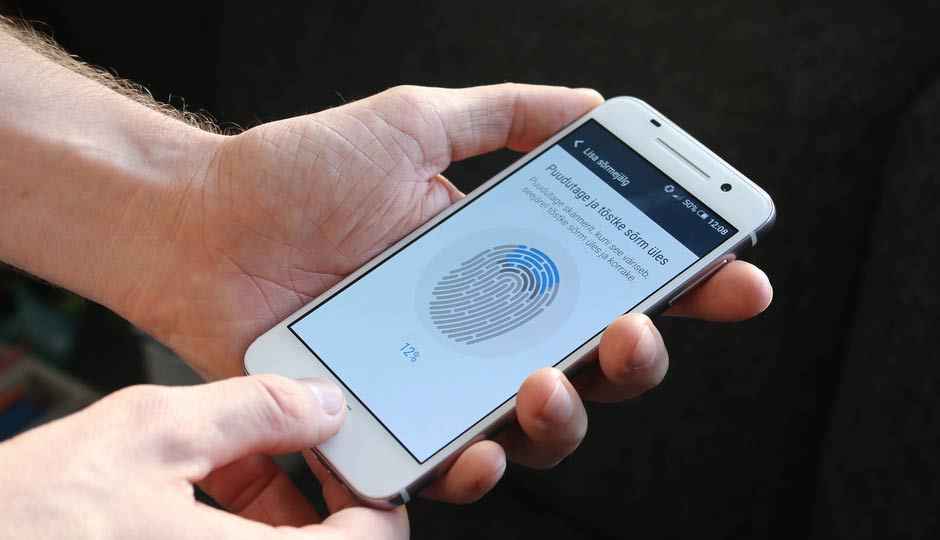Now you can send secure passwords through your body!

Scientists discover a method to use fingerprint sensors to transfer credentials through the human body!
One of the biggest issues with wireless communication is the probability of a security breach. Somebody could be sitting in the same room with you, or even the next room, monitoring all your traffic and emails and you wouldn’t even know about it. Computer scientists and electrical engineers from the University of Washington have found a method to bypass that with the most irrefutable authentication medium – the human body.
The method uses fingerprint sensors and laptop touchpads to send secure passwords through the body instead of sending it through the air where it is prone to hacking. This is definitely a more secure way where you could, say, be holding a doorknob with one hand and the fingerprint sensor on your phone with another to unlock the door, without sending any data over the air.
Shyam Gollakota, Assistant Professor at University of Washington (UW), says "Fingerprint sensors have so far been used as an input device. We have shown for the first time that fingerprint sensors can be re-purposed to send out information that is confined to the body". The research team has tested this method thoroughly on fingerprint sensors on smartphones and other devices, as well as laptop trackpads and capacitive touchpads. Even with 10 different subjects of different height, weight, age and body types, they were able to generate useful on body transmission results, both when subjects were stationary and in motion.
Vikram Iyer, a UW electrical engineering doctoral student said "We showed that it works in different postures like standing, sitting and sleeping. We can also get a strong signal throughout your body. The receivers can be anywhere – on your leg, chest, hands – and still work". Standard fingerprint sensors are built to receive input data about your finger, or the skin that touches it. But the researchers have devised a way in which it can be configured to send output signals that contain password information or access codes, which can be accessed by any part of your body and correspondingly sensors placed on them.
One can imagine that this method will be highly useful to send authentication tokens in today’s connected world where almost everything can (and does) have sensors. The researchers have achieved reasonable transfer speeds as well, so by the time you try to use this, the door will probably unlock without any delay. They’ve also mentioned that the progress they’ve made so far is only the first step, and once fingerprint sensor manufacturers provide access to their software, data could be transferred even faster through the body, opening the door to actual full-scale data transfer.




